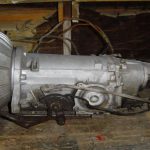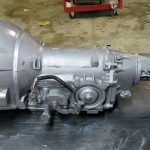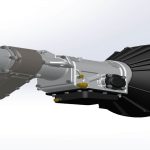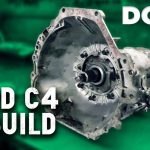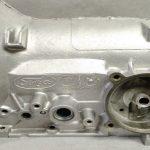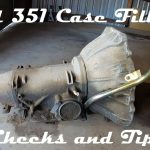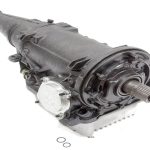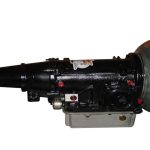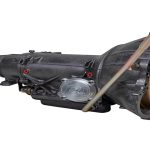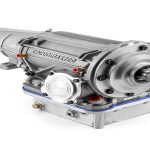The C4 transmission was manufactured between 1964 and 1981 for medium-duty applications and is popular among hot rodders and drag racers due to its simplicity and durability.
The speedometer is controlled by two small gears that have been specifically tailored for an optimized result based on tire size, rear-end gear ratio and transmission type.
Driven Gear
A gear system uses two gears; a drive gear transmits power from its source to a driven gear; this relationship defines mechanical advantage, commonly referred to as gear ratio.
Helix gears are commonly employed for power transmission between parallel shafts. Their gear teeth contain opposing helix angles which cancel out any axial forces which might arise with spur gears.
Nameplates should be securely fastened to gear drives in order to display their gear ratio for input and output shafts, their rate speed, manufacturer, model number and serial number. Gear drives must also meet all current firewater pumping industry standards.
Drive Gear Shaft
A drive gear shaft is a machine component used to transfer motion and power from one shaft section to the next. Shafts and gears are widely employed within mechanical industries for various applications; increasing or decreasing output torque or speed in systems or machines with fixed axis of rotation is just one such task that they perform effectively.
Shafts and gears come in all sorts of sizes, shapes, and tooth arrangements. Their construction also differs, depending on factors like materials used to construct them and surface treatments applied; number of teeth on each shaft, tooth pitch angle, lubrication type/method utilized and more.
The 2.20 ratio C4 gear set is one of the more widely seen options on the market, and while many high HP applications work fine with it as-supplied, there may be instances when switching up to another ratio can prove beneficial – that’s where Dynamic’s 2.90 gear set comes into play!
Driven Shaft Shaft
A drive shaft is a long tube that transfers driving torque from your gearbox to your car’s rear axles, compensating for changes in angle or length caused by steering and deflection while maintaining perfect synchronisation between joints.
General consensus holds that shafts must withstand various loads such as torque, shear and bending loads. Their design must accommodate for these stresses by taking into account how they may contribute to safe operating loads as well as other considerations like vibration.
A typical drive shaft consists of a tubular element with a flat section on one end that accommodates pulleys or wheels, secured using set screws to prevent their rotation without interference from the shaft (known as antirotation).
Speedometer Cable
Squeaking noises emanating from your dashboard indicate a problem with the speedometer cable and housing, possibly leading to irregular readings as you accelerate or decelerate. You may also experience sudden jumps of needle as you accelerate or decelerate.
A flexible rotating cable typically connects your transmission’s speedometer gear with its associated gauge in your car’s dashboard. As your engine spins, this cable turns a magnet inside a metal drum which in turn moves a hairspring that restrains a needle that displays your vehicle’s speed on an calibrated dial.
Over time, speedometer cables may become loose or break off. When this occurs, your car’s speedometer will display inaccurate data which could prove dangerous and land you a traffic ticket. At ATP Auto Parts we offer new replacement cables built specifically to fit and function like their original counterparts for maximum durability and longevity.
